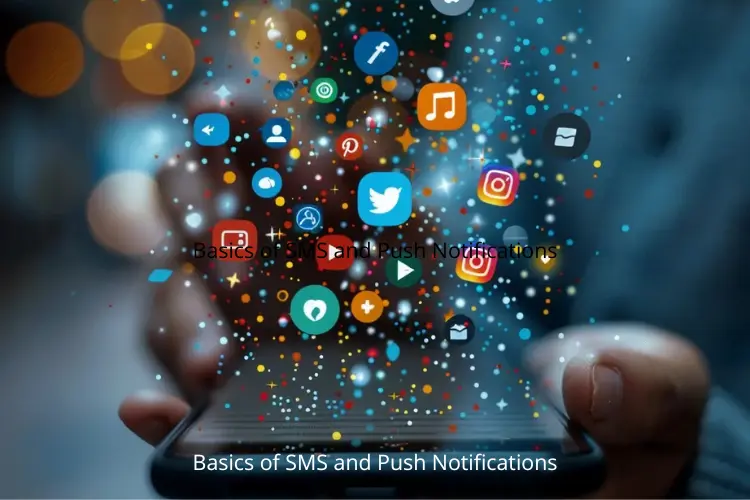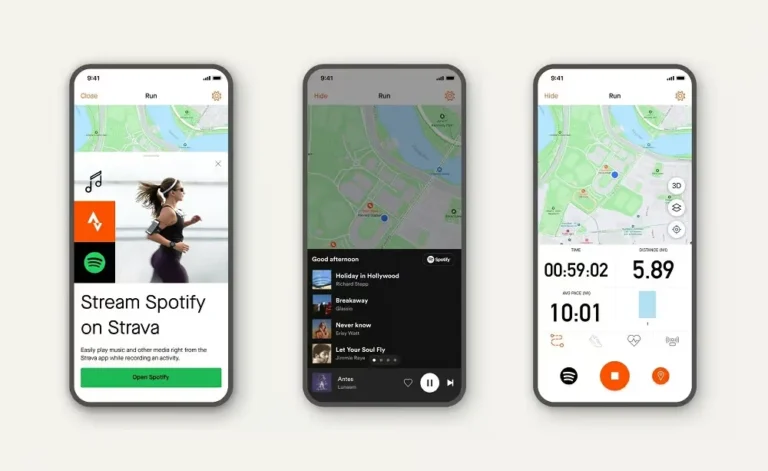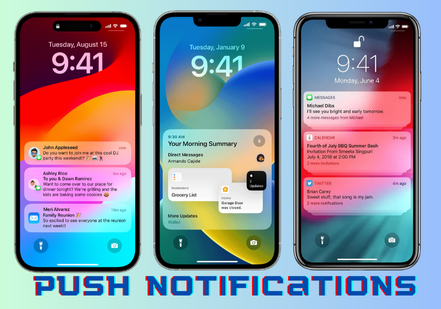The Basics of SMS and Push Notifications in Mobile Marketing: Key Benefits and Trends

In today’s mobile-first world, understanding the Basics of SMS and Push Notifications is essential for businesses aiming to engage effectively with their audience. SMS and push notifications have become vital tools in mobile marketing, enabling companies to deliver timely and personalized messages directly to users via mobile applications and devices. These methods are integral to modern digital marketing strategies, helping businesses connect with users in a way that feels immediate and relevant.
In this article, we will explore the Basics of SMS and Push Notifications, their benefits, how they work, and the trends shaping the future of these powerful communication tools. Whether you’re new to mobile marketing or looking to expand your strategy, this guide will offer key insights into the value of SMS and push notifications.
Table of Contents
1. What Are SMS and Push Notifications?
To fully grasp the Basics of SMS and Push Notifications, it’s important to understand their distinct roles in mobile marketing.
1.1 SMS (Short Message Service)
SMS marketing involves sending short, promotional or informational messages directly to a user’s mobile device. These messages, limited to 160 characters, are concise yet effective for real-time communication. Businesses often use SMS to send alerts, special offers, reminders, and updates. For example, a retail store might notify users about an upcoming sale via SMS, or a delivery service might send updates about a package’s status.
1.2 Push Notifications
Push notifications are alerts sent from an app to a user’s device, even when the app is not in use. Unlike SMS, push notifications are tied to mobile applications, allowing businesses to interact with users who have downloaded their app. These notifications can contain text, images, and interactive elements, such as buttons for quick actions. Push notifications are commonly used for reminders, app updates, personalized offers, and much more.
2. How Do SMS and Push Notifications Work?
Understanding how these tools work is fundamental to mastering the Basics of SMS and Push Notifications.
2.1 SMS Marketing Process:
- User Opt-In: Before sending marketing SMS messages, businesses must obtain user consent, usually by having the user provide their phone number or subscribe to a service.
- Message Delivery: After opting in, the business can send messages directly to the user’s mobile device via the cellular network.
- Call to Action: SMS messages often include a clear call to action (CTA), such as a link to a website, a coupon code, or an invitation to visit a store.
2.2 Push Notification Process:
- App Download: Users must first download the app before receiving push notifications.
- Permission to Send Notifications: Users must allow the app to send notifications. Once they grant permission, the business can start delivering notifications.
- Notification Delivery: Businesses send notifications that appear on the user’s screen, even if the app isn’t open. These can be personalized based on user behavior or app usage.
3. Benefits of SMS and Push Notifications in Mobile Marketing
The Basics of SMS and Push Notifications offer numerous benefits that make these tools indispensable for engaging users.
- Instant Delivery : Both SMS and push notifications deliver messages instantly. This real-time capability allows businesses to send time-sensitive offers or alerts, encouraging immediate user action.
- High Open Rates : Compared to email, SMS and push notifications boast significantly higher open rates. Studies show that SMS messages are opened 98% of the time, while push notifications also see high engagement, particularly when personalized.
- Personalization : One of the core advantages of SMS and push notifications is the ability to personalize messages. Businesses can tailor their content based on user behavior, location, or preferences, ensuring more relevant and effective communication.
- Increased Engagement : SMS and push notifications are direct and action-oriented, driving higher engagement rates. A well-crafted message with a clear CTA can prompt users to click, redeem a coupon, or open an app.
- Cost-Effective : SMS and push notifications are highly cost-effective, especially compared to traditional marketing channels. While SMS incurs a small cost, push notifications are free once the app is developed, making them accessible to businesses of all sizes.
- Boosting App Retention : Push notifications are particularly effective for keeping users engaged with an app. By sending timely reminders, offers, or updates, businesses can encourage users to return to the app, improving retention and long-term engagement.
4. Real-World Examples of SMS and Push Notifications in Action
- Retail Store Sales Alerts via SMS : A clothing retailer uses SMS marketing to notify customers of a flash sale. The SMS includes a link to the store’s website, driving immediate traffic and boosting online sales.
- Food Delivery App Push Notifications : A food delivery app sends push notifications around dinner time, offering a discount based on the user’s order history. This personalized approach increases the likelihood of an order being placed.
- Appointment Reminders via SMS : A dental clinic sends SMS reminders to patients about upcoming appointments. These messages reduce no-shows and improve customer satisfaction by making it easier for patients to manage their appointments.
- Event Reminders via Push Notification : A concert app sends push notifications to users who purchased tickets, reminding them of the upcoming event. The notification includes directions and a link to the tickets, enhancing the overall user experience.
5. Emerging Trends in SMS and Push Notification Marketing
As mobile marketing evolves, so do the Basics of SMS and Push Notifications. Here are some key trends shaping the future:
- Personalization with AI and Machine Learning : AI is playing a significant role in enhancing the personalization of SMS and push notifications. By analyzing user data, AI can predict the best times to send messages and tailor content to individual preferences.
- Interactive Notifications : Interactive push notifications allow users to take actions, like responding to a message or redeeming an offer, without opening the app. This trend is reducing friction and making the user experience smoother.
- Location-Based Messaging : Location-based services allow businesses to send notifications or SMS messages based on real-time user location. For example, a restaurant might send a push notification offering a discount to users who are nearby.
- Omnichannel Integration : Businesses are increasingly integrating SMS and push notifications with other channels like email, social media, and in-app messaging. This omnichannel approach ensures consistent engagement across various platforms.
- Enhanced Data Privacy : As data privacy becomes more critical, businesses must provide users with greater control over how they receive notifications. Transparency about data use, along with clear opt-in and opt-out options, is essential for maintaining trust.
6. Conclusion
Mastering the Basics of SMS and Push Notifications is key to creating a successful mobile marketing strategy. These tools offer businesses a direct, efficient way to engage users with personalized, real-time messages, driving higher engagement and conversion rates.
As mobile marketing continues to evolve, the use of SMS and push notifications will become even more sophisticated with greater personalization, AI integration, and a focus on seamless user experiences. Businesses that prioritize these strategies will be well-positioned to succeed in a mobile-first world.




One Comment
Comments are closed.